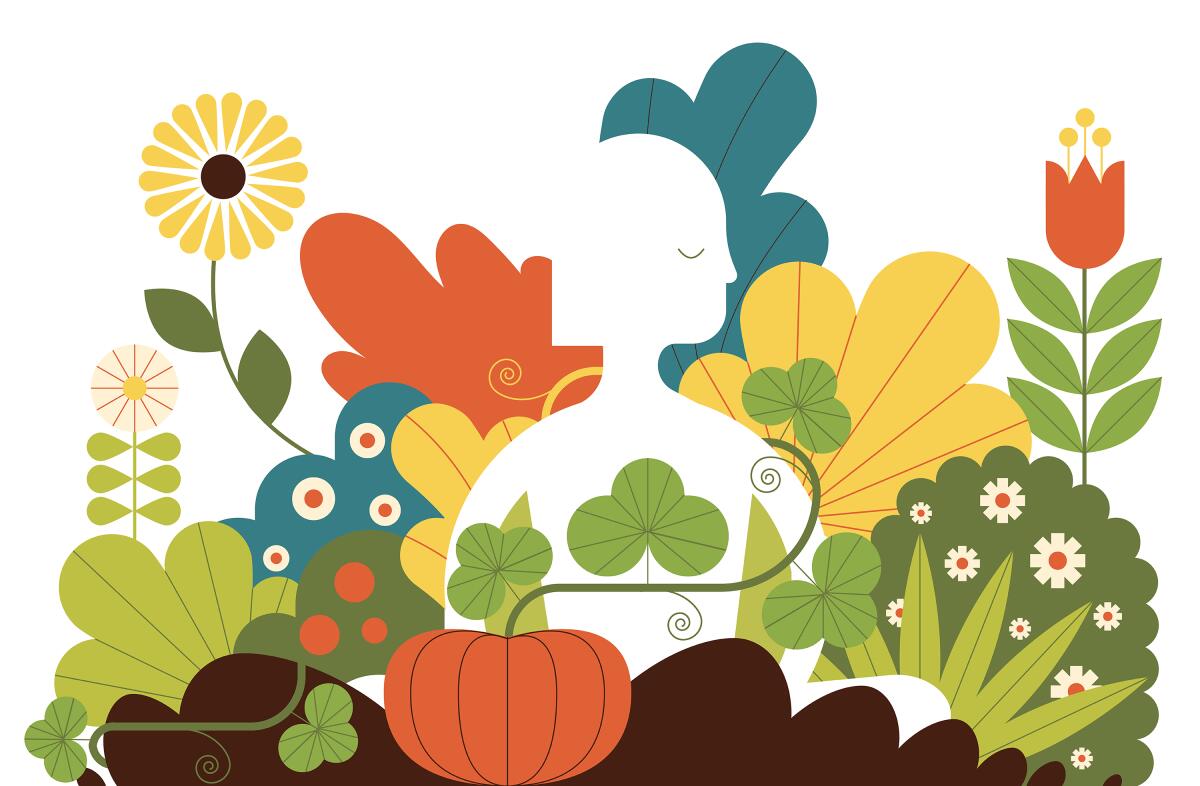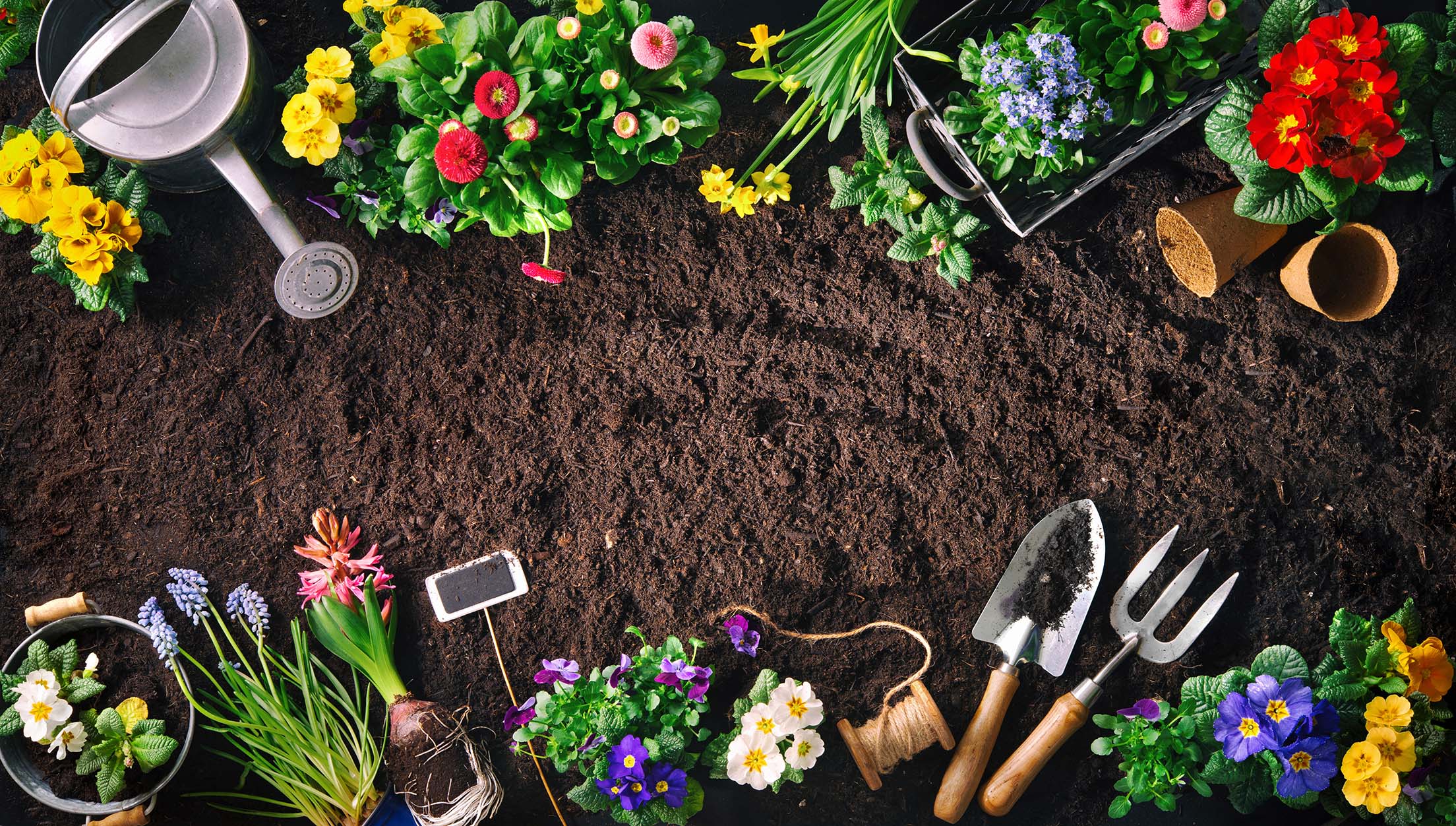Creative Gardening Tips for Little Spaces: Optimize Your Urban Yard
Creative Gardening Tips for Little Spaces: Optimize Your Urban Yard
Blog Article
Expert Gardening Tips for Developing a Lasting and Eco-Friendly Yard
Starting the trip to develop a environmentally friendly and sustainable garden entails a series of calculated selections and techniques that not just improve the appeal of your area yet additionally contribute positively to the setting. By picking native plants that are well-suited to your region, you can minimize dependence on chemical fertilizers and chemicals while giving vital support to neighborhood wildlife. In addition, integrating water preservation strategies and natural gardening approaches plays an important function in keeping a healthy ecological community. To uncover more functional approaches and experienced understandings, let us explore the vital components that specify an environmentally aware garden.
Choose Native Plants
Choosing native plants for your yard is a basic step toward attaining sustainability. Furthermore, indigenous plants commonly call for less water as soon as established, contributing to more efficient water usage.
Beyond their sensible benefits, native plants play a crucial function in supporting neighborhood biodiversity. They supply important environment and food resources for indigenous wild animals, consisting of pollinators such as butterflies, , and birds. This fosters a well balanced ecosystem, which is crucial for the wellness of your garden and the surrounding atmosphere.

Implement Water Conservation
Carrying out water conservation techniques is vital for preserving a lasting garden. Efficient water usage not just reduces the environmental effect however additionally makes certain that plants obtain adequate hydration without wastefulness. One effective method is to make use of drip irrigation systems, which supply water straight to the plant roots, minimizing dissipation and overflow. This targeted approach can dramatically decrease water use contrasted to conventional lawn sprinklers.
Additionally, mulching is a beneficial method for preserving water. By applying a layer of natural mulch, such as wood chips or straw, around the base of plants, gardeners can decrease soil dissipation and keep regular wetness levels. Mulch also aids manage soil temperature and suppresses weed growth, additional adding to plant health and wellness.
Rainwater harvesting is one more sustainable technique. Installing rainfall barrels or other collection systems enables garden enthusiasts to save and capture rain, which can later be used during completely dry durations. This not only conserves municipal water but likewise supplies an all-natural, chemical-free resource for watering.
Last but not least, picking drought-tolerant plant types can dramatically reduce water requirements. These plants are adapted to thrive in low-water problems, making them excellent for environmentally friendly gardens. gardening tips. Carrying out these water preservation methods will certainly foster a durable, lasting garden
Usage Organic Horticulture Methods

Pest management in an organic garden counts on incorporated insect monitoring (IPM) strategies. These include encouraging helpful bugs, utilizing all-natural killers like ladybugs and lacewings, and applying crop turning to interrupt pest life cycles. Friend growing, where particular plants are expanded with each other to repel bugs or attract beneficial insects, is one more effective strategy.
Weed control is handled via mulching and manual removal, rather than counting on herbicides. Compost not only reduces weeds yet likewise saves moisture and boosts dirt wellness as it breaks down. Organic composts, such as straw, wood chips, and leaves, are especially advantageous.
Produce Wild Animals Habitats
Producing wildlife habitats within your garden not just improves biodiversity but additionally sustains the environment's equilibrium. Deliberately rooms that attract and sustain neighborhood animals, you can produce a thriving micro-ecosystem that benefits both animals and plants. Begin by including native plants, as these are well-suited to navigate to this site your regional climate and offer essential food and shelter for wild animals. Native plants supports a variety of pests, birds, and tiny mammals, adding to the ecological network.
Consider adding a water attribute, such as a fish pond or birdbath, to offer a regular water resource. Water aspects draw in a variety of types, from amphibians to pollinators, boosting the garden's vitality. Additionally, installing birdhouses, bat boxes, and insect resorts uses secure nesting sites and motivates biodiversity.
Leave some areas of your garden uninterrupted, enabling ground cover and fallen branches to build up. These all-natural debris piles create habitats for insects and tiny creatures, fostering a balanced ecosystem. Stay clear of using chemical pesticides and herbicides, as they can harm valuable wildlife and disrupt food chains. By prioritizing these sustainable techniques, your yard can come to be a sanctuary for regional wildlife, advertising ecological health and sustainability.
Technique Composting and Mulching
A key aspect of lasting horticulture, composting and mulching, considerably enhances dirt health and wellness and reduces waste. Composting includes reusing organic materials such as cooking area scraps, turf cuttings, and leaves. These materials disintegrate to create nutrient-rich garden compost, which acts as a natural plant food. Unlike synthetic fertilizers, compost improves the dirt with vital nutrients and beneficial microbes, promoting a much healthier garden environment.
Mulching, on the other hand, involves covering the dirt surface area with inorganic or organic visit their website materials, such as straw, timber chips, or shredded leaves. This practice provides a number of benefits: it preserves soil wetness, subdues weed development, and moderates soil temperature. Mulch likewise slowly breaks down, adding organic issue to the soil and additional enhancing its fertility.
To exercise effective composting, guarantee your compost heap has an equilibrium of green products (rich in nitrogen) and brownish products (rich in carbon), maintaining appropriate oygenation and wetness. gardening tips. Regularly turning the pile speeds up disintegration. For mulching, use a 2-3 inch layer around plants, ensuring it does not directly contact stems or trunks to avoid rot
Conclusion

Choosing native plants for your garden is a fundamental step towards accomplishing sustainability.Moreover, including native plants can boost the visual appeal of your garden. These plants are adjusted to thrive in low-water problems, making them suitable for green yards. Applying these water preservation methods will cultivate a resilient, lasting garden.
In conclusion, developing a sustainable and eco-friendly yard involves the tactical choice of indigenous plants, the fostering of water preservation strategies, and the application of natural gardening methods.
Report this page